You should turn the fuel off when not using your motorcycle. But is it really necessary? Of course, you should, especially if you’re using the gravity fuel feed system. This article explains why you might want to leave your motorcycle’s gas tank open and what could happen if you don’t.
But first, let’s look at the different fuel petcock positions.
Fuel Petcock Positions
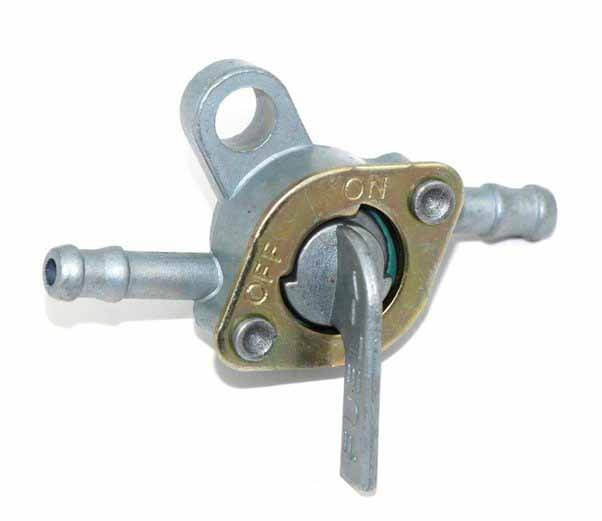
Fuel-off is a lever otherwise known as petcock (not a slang term), fuel tap, or fuel valve. It is a 3-way valve at the bottom of your tank and an equally important motorcycle fuel system component.
The fuel petcock has three positions ON, OFF, and Reserve. ON allows fuel flow from the tank to the engine. OFF shuts the fuel supply off. Finally, the reserve provides access to the bottom of the fuel tank, where a small amount of fuel remains.
It is always advisable to turn the fuel off when parking for long hours or not using the motorcycle. But why?
Why Turn Fuel Off On Motorcycle
Here are the reasons you should turn the petcock off when not using your motorcycle.
To Stop Fuel Flow
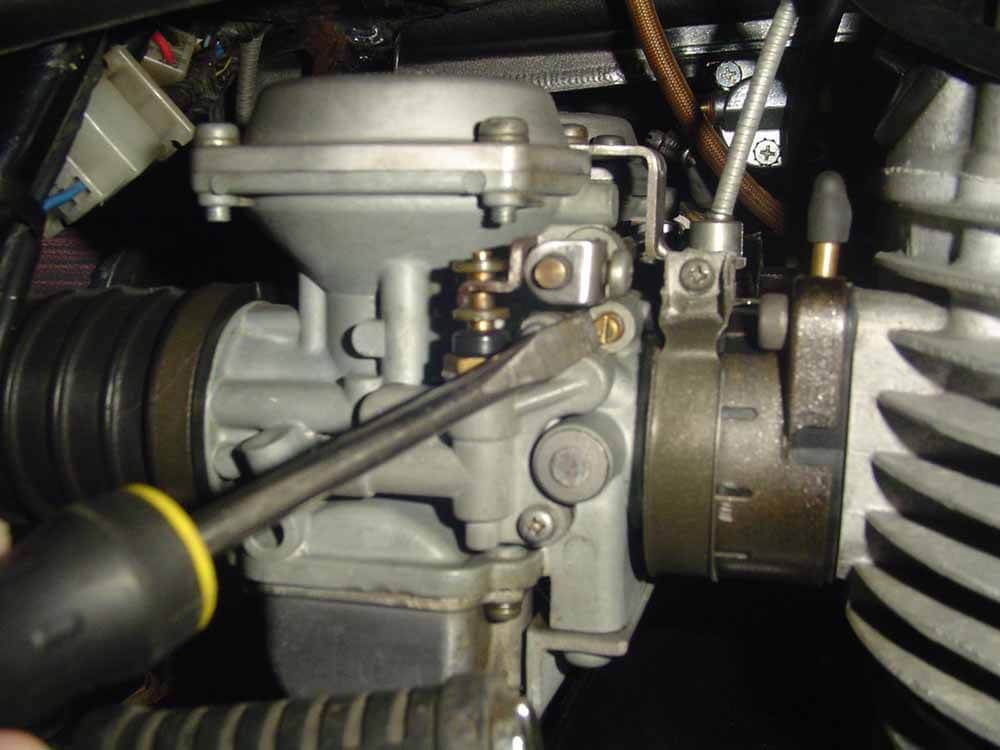
One of the primary functions of the petcock is to regulate or stop the flow of fuel from the tank to the carburetor. But you might be wondering how the fuel valve achieves that.
In most motorcycles, the engine is just below the tank. Therefore, the fuel flows through gravity from the tank to the engine’s carburetor. However, in between is the fuel valve to tap the amount of fuel reaching the engine.
When riding, the fuel valve position should be ON for maximum fuel flow and efficient operation of the engine. On the other hand, OFF stops the fuel from reaching the engine.
Preventing the fuel flow to the engine is the primary reason why most bikers switch off the petcock.
But why would any biker want to stop fuel flow? Assuming that you want to repair or change the fuel pipe that connects the petcock to the engine.
You don’t have to empty all the fuel from the tank but can instead use the petcock to cut off the fuel flow. So, conclusively, the fuel valve makes it easy to repair the bike’s engine without emptying the tank. But there are more reasons you’d want to stop fuel flow, more in the second point.
Stop Leakage To The Carburetor
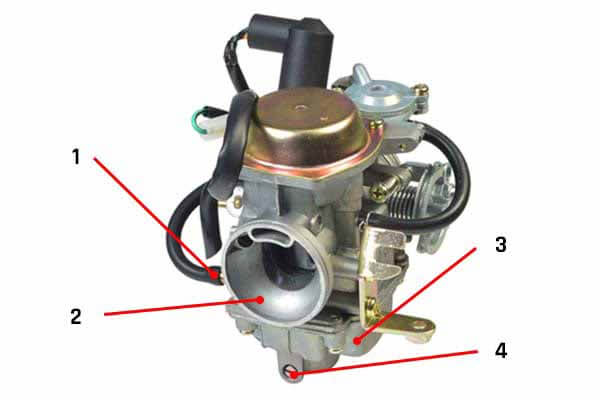
A carburetor is a component that regulates the amount of air-fuel mixture that enters the engine for combustion. When the petcock is on, the gasoline flows into the engine through the valve, bringing power and motion.
But if you’re not riding the motorcycle, experts recommend that you turn the petcock off as fuel may end up flowing into the carburetor. And that could be dangerous. But how harmful can it be?
With the petcock on, the fuel will continue flooding in the carburetor and then to the engine. As a result, the air-fuel mixture will be too rich in gasoline, which could be troublesome when you want to ride the bike. Usually, the percentage ratio should be 6% fuel and 94% air.
The effects of a rich air-fuel mixture on your motorcycle include low gas mileage and slow acceleration. Additionally, the bike will produce a strong smell of gasoline when idle.
You May Also Like:
What’ll Happen if You Put the Wrong Gas in Your Motorcycle?
Fouling Of The Spark Plug On Restart
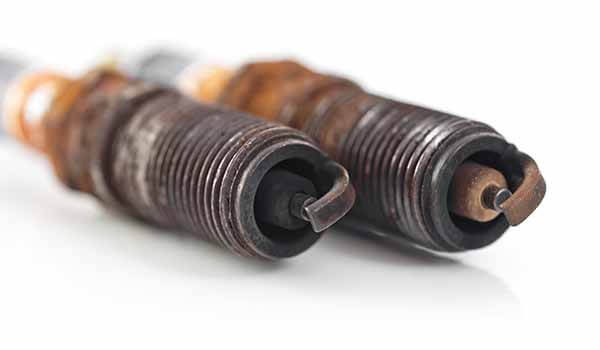
When you leave the petcock ON, the fuel flow leads to a rich air-fuel mixture in the engine. Some of it ends up in the combustion chamber and accumulates on the spark plug. Spark plugs are responsible for the combustion spark in the engine.
The accumulation of fuel lowers the heat on the electrodes, causing a misfire. To understand how the misfire occurs, you must first understand how the spark plug works.
The voltage flows from the battery through the plug coil to the gap. The gap causes a difference in voltage between the center and the ground electrode. As a result, the electrode fires up a spark, resulting in a rapid burning up of the fuel mixture.
When the fuel-rich mixture accumulates on the spark plugs, the temperature on the tip decreases. As a result, ignition will never occur. But should your motorcycle start, the rich mixture will create carbon deposits on the spark plug.
Eventually, the carbon deposits will cover the spark plug such that you will need a replacement in the long run. But to avoid all that, turn off the petcock on your motorcycle when parking.
To Prevent The Fuel Evaporation
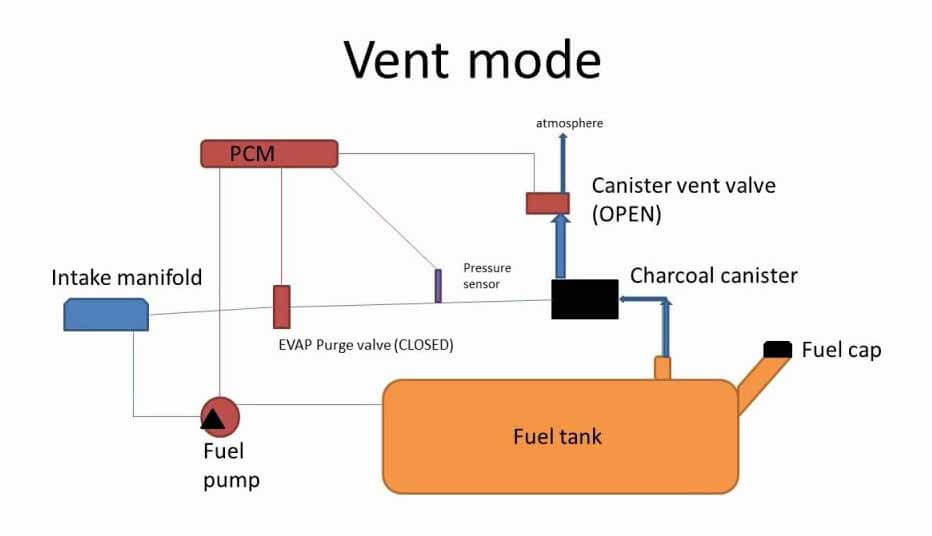
After a long ride, some air-fuel mixture usually gets trapped in the carburetor when you turn off the engine. Therefore, turning the petcock OFF on your motorcycle is essential to prevent the carburetor from trapping fuel. Otherwise, any fuel it traps ends up vaporizing or evaporating.
When you leave the petcock on, the fuel flows into the carburetor and the hot engine. Eventually, gasoline will continue vaporizing and evaporating until the engine cools down. So if you don’t have much fuel left, you’ll have a dry start the next time you ignite your motorcycle.
So, to prevent the fuel from evaporating, make sure to turn off the petcock whenever you finish riding for the day. You will save some money on gas and prolong your engine’s life.
Some experts advise that you turn off the petcock several meters before your destination. As a result, you will run on the fuel trapped in the carburetor and end up with a dry engine by the time you park.
For Safety Purposes
Turning OFF the petcock is essential for your safety and that of your bike. With the gravity fuel system, you risk the gasoline dripping on the hot engine and having an open flame. You’ll have a mess to clean if you’re lucky, while the unlucky ones will have a severe fire.
Additionally, turning fuel off when parking your bike for a more extended period in your garage improves your safety. Normally, the fuel in the tank will leak, and fuel will spread all over the floor. This can turn out dangerous if there’s an ignition source, such as a water heater. You could end up with a wildfire.
There are dozens of imaginable worst-case scenarios on what could happen if you don’t turn off the fuel and it ends up leaking. But it all comes down to turning fuel off for your safety. So make it a habit to turn off the petcock whenever you aren’t riding.
To Protect Against Theft
As simple as turning the fuel off may seem, it’s equally important in preventing your motorcycle from being stolen. Turning off the petcock makes it more difficult for thieves to start and drive away with your bike.
When the petcock is off, and a thief tries stealing your bike by jump-starting, it may not be evident to them that the motorcycle fuel is off. Hopefully, this will give you more time to stop the thief or, at the very least, make it more difficult for them to steal your bike.
However, it may not be helpful if the thief is knowledgeable about motorcycles. If they know how to bypass the fuel cutoff, all your efforts will be naught. In this case, it’s best to have some other form of security for your motorcycle.
Conclusion
Turning your fuel off on a motorcycle is one of the most important things you can do to keep it operating smoothly. Additionally, it saves you money and prevents damage to your bike, among other reasons discussed in this article. The act may be simple, but you should never downplay its relevance.
FM/A


